Iran Travel Guide
Traveling overseas to a mysterious destination can make everybody nervous, even professional tourists. So, you should prepare yourself with updated information about the destination before your trip. The trustable information can only be obtained from local people in the area. Therefore, if you are planning to visit Iran or even you are packing up for this upcoming adventure, take a moment to read this article. Iran Travel Guide offers important tips for staying informed about Iran tour.
Iran at a Glance


Population


Area


Official Language
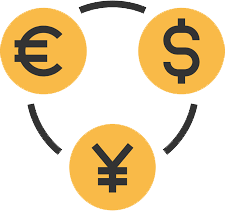

Currency
IRR
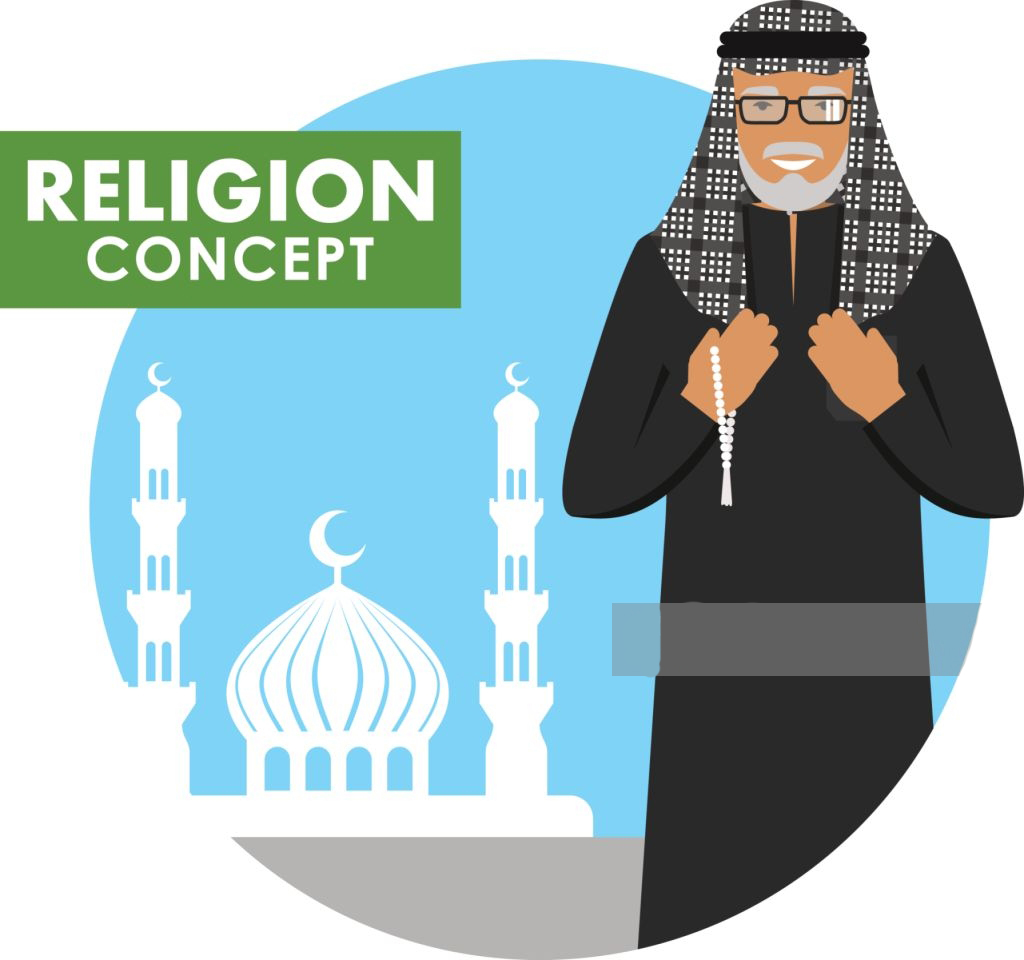

Official Religion
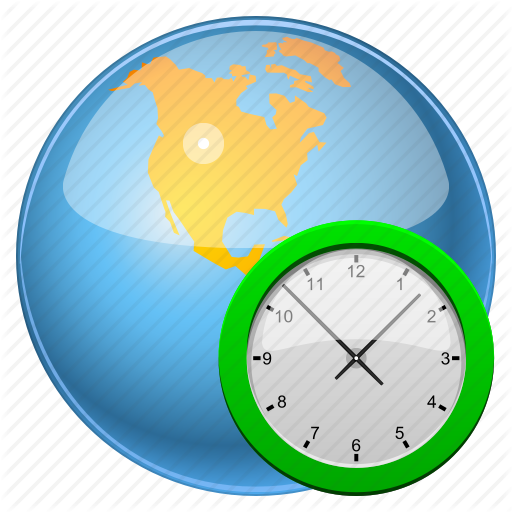

Time zone
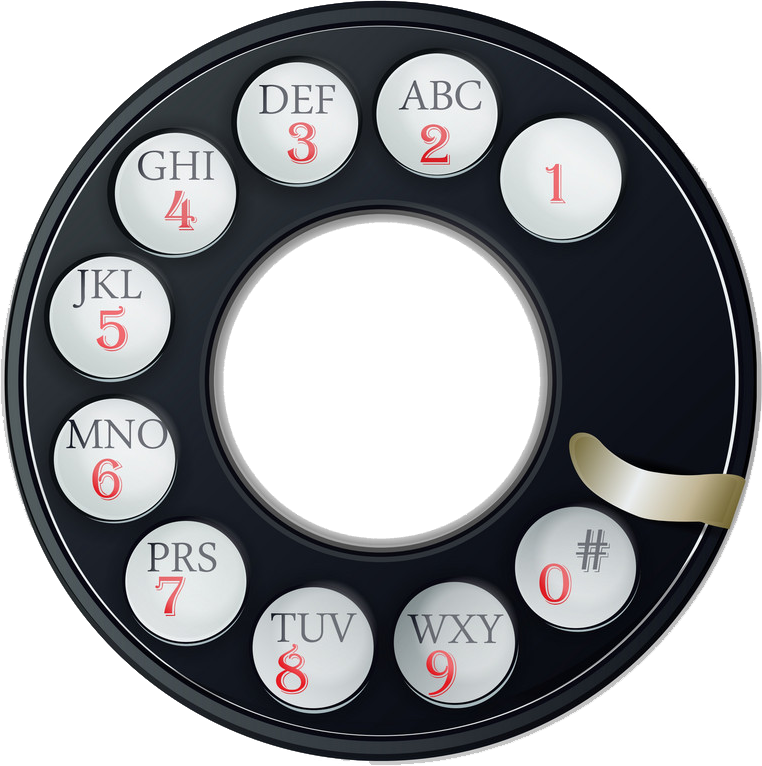

Dialing Code
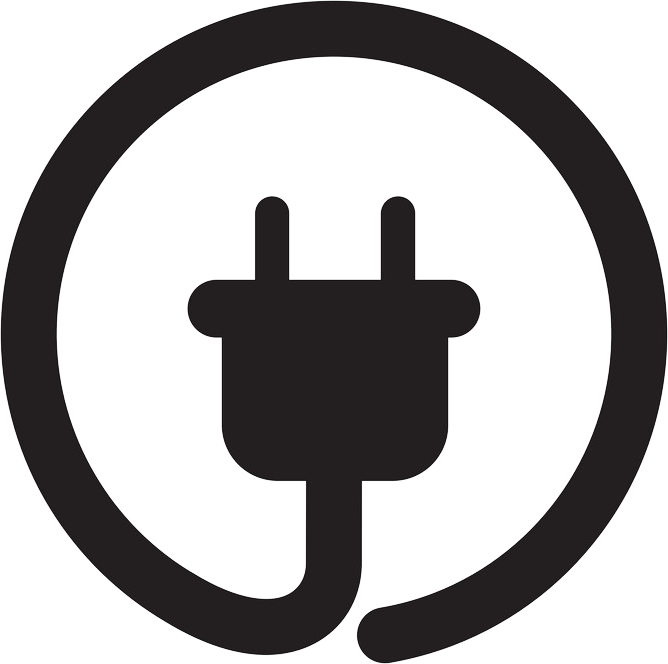

Power Sockets
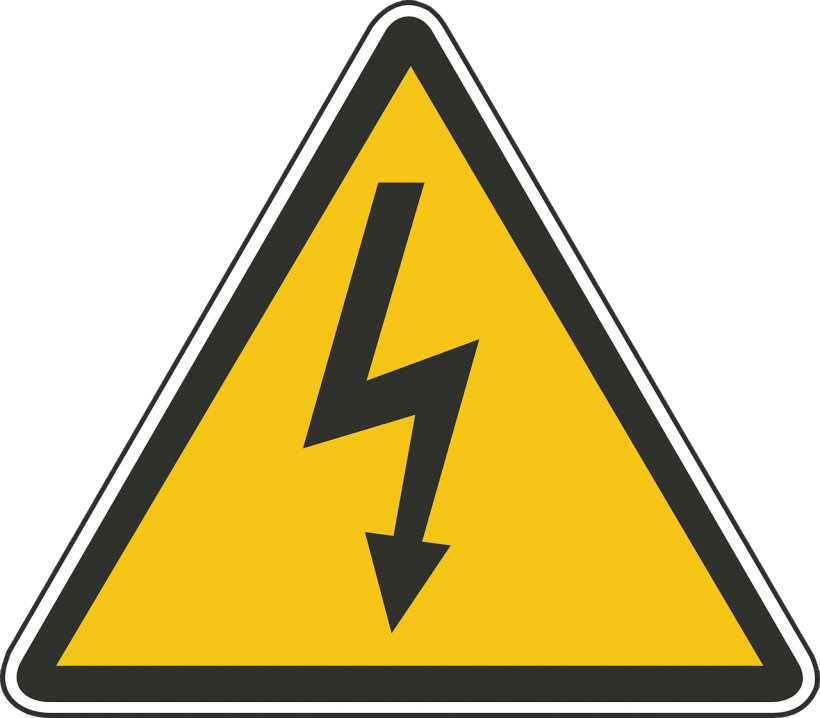

Standard Voltage


Standard Frequency

Overview
Opposed to what some of the media say, Iran is a safe and friendly country. Accordingly, the country becomes one of the major tourist destinations of the area. About two thousand years of history describes Iran as a unique destination with diverse nature and an unbeatable culture. since Iran has one of the oldest and richest cultures in the world, it houses 24 UNESCO world heritage sites. Moreover, along with traditions, you can find the characteristics of modernity in its metropolises such as Tehran, Isfahan, Shiraz, etc. After all, Iran offers diverse opportunities for niche tourism vary from cultural and historical tours to adventure or food tours. In Iran, you can visit vibrant cities with lovely inhabitants, discover the mysterious deserts, and try tasty food. On the other hand, the Iranians are from Aryaee tribes and famous for their incredible hospitality. You can even stay overnight in local houses in small towns.
History of Iran
Iran has one of the oldest civilizations in the world. Its written history started during the Achaemenid, the greatest Persian dynasty in which Cyrus the Great was its founder. He built the capital in Pasargadae, near present Shiraz. During that period, about 20 different ethnic groups, with their own culture, language, and religion, lived in Iran, and they left behind many monuments. Cyrus’s successor, Darius the Great, built his palaces in Susa and Persepolis. During 330 BC, Greek Alexander overthrown the Achaemenid.
The Sassanian Empire, one of the world’s strongest empire at that time, was the last pre-Islamic Persian empire. During that period, the Iranians were the followers of Zoroaster. To make the long story short, in 641, Arabs conquered a considerable territory of Iran and also converted Iranians’ religion to Islam. After the Arab conquest of Iran, several empires such as Abbasid, Samanid, Saffarid, Ilkhanate, and Timurid were born. They built several religious schools, Persian mosques, caravansaries, etc.
The Safavid Empire, one of the greatest Persian empires, started the modern history of Iran. They established a revolution in architecture called Islamic Iranian architecture. In 1979, the current Islamic Republic of Iran was founded.
Despite the devastating invasions Iran has always maintained its national identity and many of its monuments are national, and UNESCO registered.
The best time for travel to Iran
As a vast country, Iran has a diverse climate. Sometimes temperature difference between the hottest and coldest spots reaches 50 °C. Iran climate is continental and arid in the center, cold in high mountainous areas of the west and northwest, mild, wet and rainy on the coast of the Caspian Sea, dry and hot in the deserts, and warm on the southern beaches and islands. You can find more information about Iran’s weather here. In the main cites of Iran such as Tehran, Shiraz, Isfahan, the winter during December and January is cold with snowfall in some places, while Spring and fall have mild weather. On the other hand, the summers are hot and dry. The best Iran destinations during summer are the mountainous areas in the west and northwest of the county and Hyrcanian forests in the north during the cooler months.
On the other hand, islands and southern coasts of Iran and also ski resorts in mountainous areas are suitable destinations during winter. After all, the best time to visit the desert and the oasis is during fall and spring. You can get more information about the best time to travel to Iran HERE.
Iran visa process at a glance
Citizens are all countries except Turkey, Azerbaijan, Georgia, Armenia, Malaysia, Bolivia, Lebanon, Egypt, Syria, Venezuela, China, Hong Kong and Macau need to get Iran visa for visiting Iran. However, regarding the political situation, the citizens of Israel cannot travel to Iran.
Firstly, you should apply for your Iran visa code through a travel agency.
The Iranian Ministry of Foreign Affairs (MFA) would issue your visa code after checking your documents. The Iran visa code issuance process takes 2 to 7 working days. This duration is 30 to 45 working days for Canadians, Americans, and English.
You can stamp your Iran visa at the Iranian embassy or consulates, or at Iran international airports. The Iran visa is valid for 90 days after issuance.
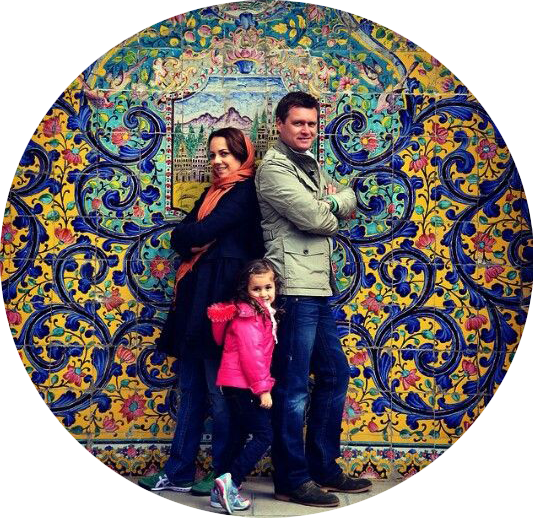
Traveling to Iran with Babies and Kids
Actually, you don’t have to leave your beloved little ones behind in your country. You can bring your children to Iran without stress. Iran dress codes are not for immature children. There are plenty of baby food and public baby changing rooms at airports, restaurants, terminals and subway stations. In addition to addressing their basic needs, Iran has a lot to offer to entertain children. Theme parks and aqua parks in metropolises, interesting museums like doll museum, game houses, winding alleys of the old quarters for hide and seek games, or even the colorful bazaars can all entertain your family during the Iran tour.
Iran Food
When talking about Iranian cuisine, you will face various tasty dishes in each region and city of Iran. Along with being so delicious, Persian cuisine is nutritious. Diverse kinds of Stews and Kababs are the most famous Persian dishes. The legal meats in Iran are lamb, beef, chicken, fish, turkey, and shrimp. Forget about pork and its processed products as it is not halal and is illegal in Iran. Moreover, all kinds of alcoholic drinks are forbidden. Generally, all food in Iran is Halal. The most popular traditional Iranian dishes are Dizi, Ash Reshteh, Chelo Kabab, Khoresht Gheimeh, Zereshk Polo Morgh, Baghali Polo va Mahiche, Tahdig, Ghormeh Sabzi, and Fesenjan. Furthermore, you can find several good international restaurants that serve Chinese, Japanese, Italian, French, Mediterranean, and fast foods. Don’t Worry, there are also delicious dishes for vegetarians such as Dampokht, Kuku Sabzi, Kuku Sibzamini, Kate Gojeh, and Kashk Bademjan. please note that the Iranians eat most of the foods using a fork and spoon, not a knife. Although it could be fun to try to eat like a local, you can easily ask for a knife in the restaurants.
Additionally, you can try traditional Iranian desserts and sweets including Ranginak, Faloodeh Shirazi, Yazdi cake, Halva, Zoulbia & Bamieh, Masghati, and Sohan. Finally, It is interesting to know that, the city of Rasht in the north of Iran is a UNESCO creative city of gastronomy.
Breakfast
In Iran, breakfast is served from about 8 am till 11 am, but the hotels serve breakfast sooner. Kalle Pacheh, Halim, Ash, are popular traditional breakfast dishes in Iran.
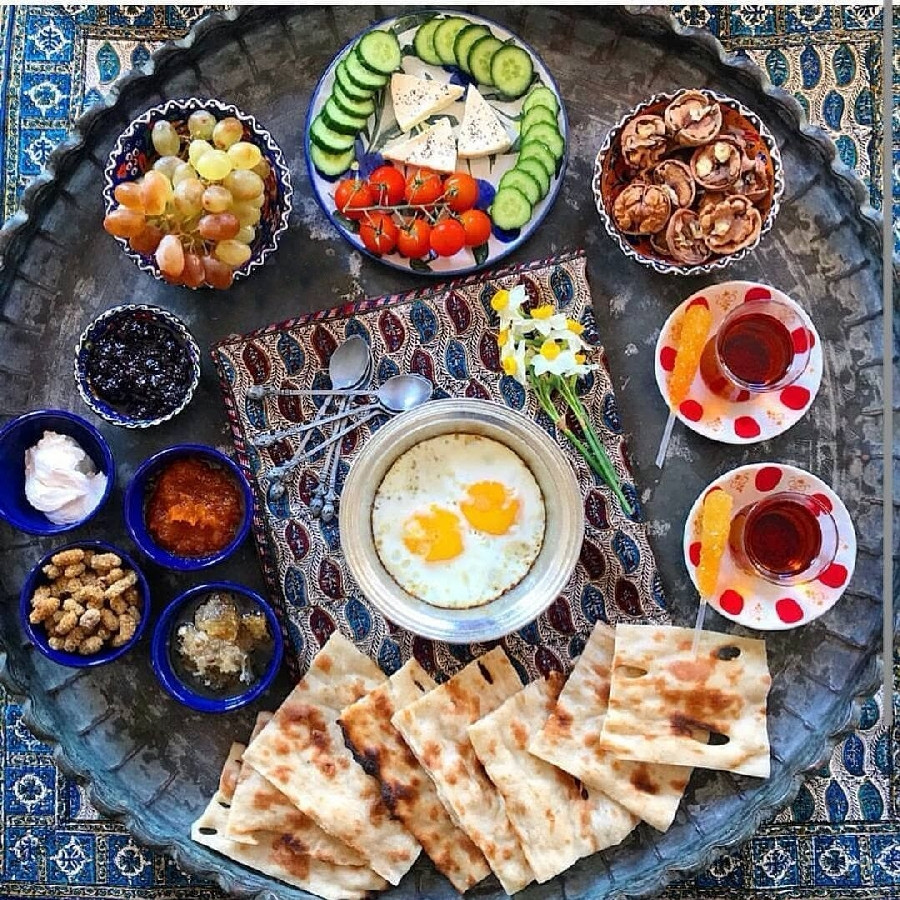
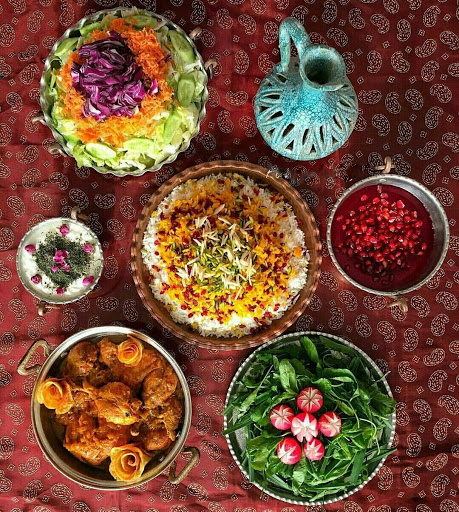
Lunch
lunch, the Iranian main meal is often served from 12 pm till 3 pm. Normally, the lunch includes rice.
Dinner
Dinner time is normally 7 pm till 10 pm. However, in the restaurants of the main cities, the dinner is served till 11 pm or 12 am.
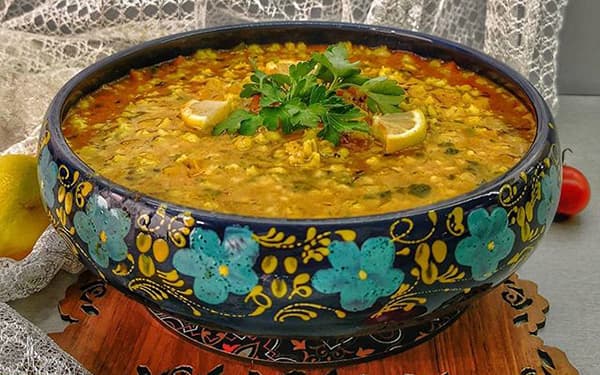
Iranian Handicrafts and Souvenirs
Iran is the home to many ancient civilizations and tribes in distinct geographical zones with different lifestyles, cultures, and customs. This results in a wide variety of handicrafts which tell the story of a traditional nation. These valuable handicrafts are the best souvenirs from Iran. Among them, we can mention handmade Persian rug, Khatam, Monabat, Mina, Handmade Ceramic, Pottery, Tilework, and Miniature. Along with the handicrafts, the valuable agricultural products such as saffron, dried fruits, nuts, etc. are popular souvenirs of Iran.
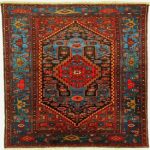
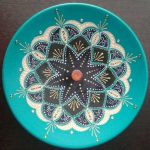

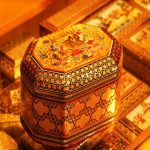
Iran Dress Code
In Iran, all visitors like residents should follow the Iran dress code while they are in public places. Ladies should cover their hair with a scarf and wear a long-sleeve tunic, pants, or jeans in public. There is no limitation in using sandals. On the other hand, Men can wear all kinds of clothes other than tank tops and walking shorts. There is no limitation in choosing the color or wearing makeup and nail polish. You can get more information about the Iran dress code HERE.

Iran Safety
Based on Travel Risk Map Iran is Safe to travel. Especially this country is one of the safest countries in the middle east. on the other hand, the most important highlight of your Iran trip will be the friendly locals who come to you with a smile and start a sweet chat. You can experience this kind of hospitality only in Iran. Even many foreign tourists elucidate that traveling in Iran is safer than traveling in Europe.
Iran Religion
In 641, Arabs invaded Iran, overthrown the Sasanid Empire and started a new vicissitude. The Arab conquest of Iran led to the decline of the Zoroastrian religion and Iranians gradually became Muslim. Although Iran’s official religion is Islam, Muslims, Christians, and Zoroastrians have been peacefully living together on this land. In this regard, they have formed the societies that its outcome is the companion of mosques, churches, and fire temples.
Highlighted Iran Events
Six holidays when tourist attractions are closed:
1- Matrydom of Imam Ali
2- Demise of Imam Khomeini (3rd or 4th June)
3- Matrydom of Imam Sadegh
4- Tasua
5- Ashura
6- Demise of prophet Mohammad
Please mention that all of these holidays other than the Demise of Imam Khomeini are based on the Lunar calendar. Therefore, the dates of these holidays change every year.
Iran holidays and weekend
Do you know that Iran weekend and holidays are different from other countries?
Persian calendar, and consequently, its new year (Nowruz) is different from the AD calendar. On the other hand, there are several religious holidays in a year based on Arabic Lunar Calendar. Moreover, Friday is the weekend in Iran. In this regards the old bazaars and departments are closed on this day. Please consider that some of the official departments like Iran Ministry of Foreign Affairs are closed on Thursdays.
You can get more information about Iran public holidays and weekend HERE.

Nowruz
The most important Iranian event is Nowruz the Iranian new year that starts on March 20th or 21st. In this regard, the first four days of the Persian calendar are public holidays.

Ramazan (Ramadan)
Ramazan is the holy month of the Muslims in the whole universe. During this month, Muslims do fast from sunrise to sunset. All of the restaurants except the ones in the hotels and some which have a special permit do not serve meals during day time. Accordingly, eating and drinking in public places is illegal. After sunset, the restaurants serve the meal.

Mourning Ceremony for Imam Hussein
Another magnificent event in Iran is Mourning Ceremony for Imam Hussein on three days called Tasua, Ashura and Arbaein. On these three holidays, People gather and participate in a traditional march to show respect for Imam Hussein, the grandson of Prophet Mohammad. Moreover, the wealthier residents donate meals to the poor.
Iranian Currency
Although Iran official currency is Iranian Rial (IRR), you encounter with Toman equals to 10 Rials during your Iran tour. In the bargains, Iranian skip one zero and give the prices in Toman, not Rial. Still, in the official documents, the prices are in Rial. It even becomes more confusing when you hear people skip three zeros! It means that if somebody says “100”, he means 100,000 Toman and officially 1000,000 Rials.
Moreover, it is crucial to know that International cards, including credit, debit, master, and visa cards, don’t work in Iran. In this regard, you need to bring cash in Dollar or Euro for your Iran tour. Please note that the exchange rate in the money exchange agencies is better in comparison with the banks. After all, to avoid carrying a lot of cash, you can buy a tourist card in advance and use it for your bargains during your Iran tour.

WiFi internet and Social network in Iran
During your Iran tour you have access to WiFi internet at your hotel and several public places like restaurants and cafes. But for access to the internet connection wherever you wish and also for domestic and international calls, you need a local SIM card. Accordingly, a local SIM supports internet 4G, LTE and 3G network. You can buy a SIM Card, at Iran airports or from reputable mobile internet services stores. MTN Irancell, Rightel and Hamrah Aval are the brands of prepaid temporary sim cards in Iran. You can buy different internet packages at reasonable prices and recharge it if needed.
In Iran, you can use WhatsApp, Instagram, and LinkedIn without any filtering and google. However, Facebook, YouTube, Twitter, and telegram are banned. So you need VPNs to bypass their filtering.
Prepare yourself for the squat toilet
The Iranians usually use squat toilets, and many public places do not have western-style toilets. However, you can find western-style toilets in your hotel or some restaurants. But the majority of places do not have western toilets. Fortunately, you can find the squat toilets everywhere. Just do not forget to take toilet paper with you.
Backpackers in Iran
Iran is a perfect destination for backpackers. This country is among the cheap destinations where you can stay in hostels or local houses. Also, you will find affordable restaurants in every city. Transportation expenses are reasonable and along with domestic flights, you can travel in air-conditioned buses or economy to 5-star trains between the cities. Moreover, backpackers can enjoy adventure tours besides enjoying the cultural and historical aspects of Iran.
Transportation in Iran
Iran has an affordable and alternative transportation system. Accordingly, you can find convenient transportation everywhere. In this regard, there are plenty of domestic flights, air-conditioned buses, and trains between the cities. Public transportation such as buses, subway, and taxi can be found everywhere. Also, internet taxis are easily accessible in major cities.
Vibrant bazaars in Iran
Iran bazaars are the must-see attractions that you can find in all cities.The traditional Iranian bazaar is a roofed complex where shops are placed on both sides of the passageways. There are also squares, caravansarais, and bathhouses in the bazaars. The locals wander in bazaars to have bargains, exchange goods, and simply to have some tea. The colorful handicrafts, the aroma of spices, and the sound of artists’ work delight every passer. Visiting bazaar will entertain you for a couple of hours and also you can enjoy buying colorful souvenirs.
